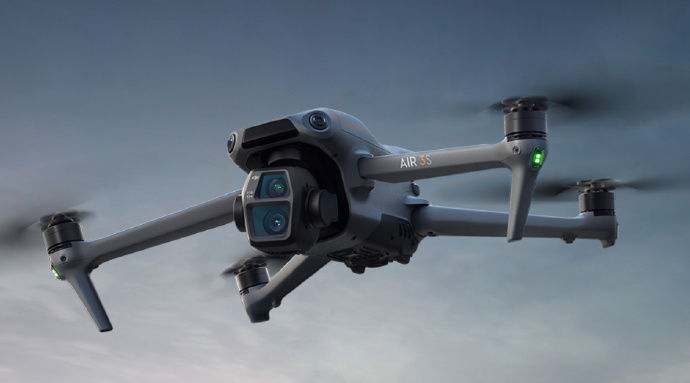In recent years, there has been a significant increase in reports of UFO sightings around the globe. A large portion of these sightings are starting to be linked to the rise in the use of drones, which have become ubiquitous in our skies. Although drones and UFO sightings are not synonymous, advancements in drone technology have blurred the line between the two, creating both intrigue and misinformation. To fully understand this connection, we must explore the appearance, behavior, and technology of drones as compared to traditional UFO reports.
Evolution of Drones
The development of drones has rapidly progressed from being exclusive to military applications to becoming a common tool for civilians. With enhancements in flight capabilities, camera equipment, and durability, drones can mimic the movement patterns often attributed to UFOs. The erratic and hovering behavior that was once solely attributed to unidentified flying objects can now be easily replicated by modern drones, casting skepticism on many UFO claims.
Historically, UFO sightings were enigmatic, often described as metallic, disk-shaped objects with unusual flight patterns. Today, many drones are designed with sleek metallic bodies and possess the ability to perform agile maneuvers.
UFO Sightings: A Shift in Perception?
As drone usage proliferates, the number of false UFO sightings has arguably increased. Many enthusiasts misinterpret drone appearances for extraterrestrial vehicles due to limited visibility and their unfamiliar sound and light signatures. Notably, some drones are equipped with LED lights that create vibrant light displays, contributing to mistaken identity confusion. At night, these lights and the drone’s faint sound can be misperceived as eerie night-time phenomena.
and their unfamiliar sound and light signatures. Notably, some drones are equipped with LED lights that create vibrant light displays, contributing to mistaken identity confusion. At night, these lights and the drone’s faint sound can be misperceived as eerie night-time phenomena.
Government and Media’s Role
Governments and media outlets have both fueled and attempted to dispel rumors regarding UFOs and drones. Popular media often sensationalizes sightings without verifying the technology behind them, misleading the public. Additionally, government acknowledgment of drones in restricted airspaces as potential UFOs has further blurred the understanding between these entities. However, some have argued that genuine UFO sightings offer legitimate opportunities to learn more about unknown aerial phenomena—beyond what drones can explain.
Technological Advancements and Future Implications
The line between drones and potential UFOs is further obscured by ongoing advancements in technology. Drones are progressively being developed with artificial intelligence, autonomous flying capabilities, and enhanced sensory technology, allowing them to perform actions previously associated only with incredible extraterrestrial vehicles. Given these continuous advancements, future UFO sightings will require even more scrutiny. With the integration of AI, drones could evolve towards even more complex maneuvers, heightening their resemblance to classic UFO sightings.
Conclusion
While the narratives of UFO sightings remain thrilling, it is crucial to evaluate these events in the context of modern technology. The influence of drones cannot be underestimated in this realm, and a nuanced understanding can prevent sensationalism and maintain scientific integrity. Indeed, this exploration of the link between drones and identified objects helps us appreciate technological developments while respecting genuine mysteries that remain unsolved. As society advances, the dialogue surrounding traditional UFO folklore versus the reality of modern-day technology will undoubtedly continue.